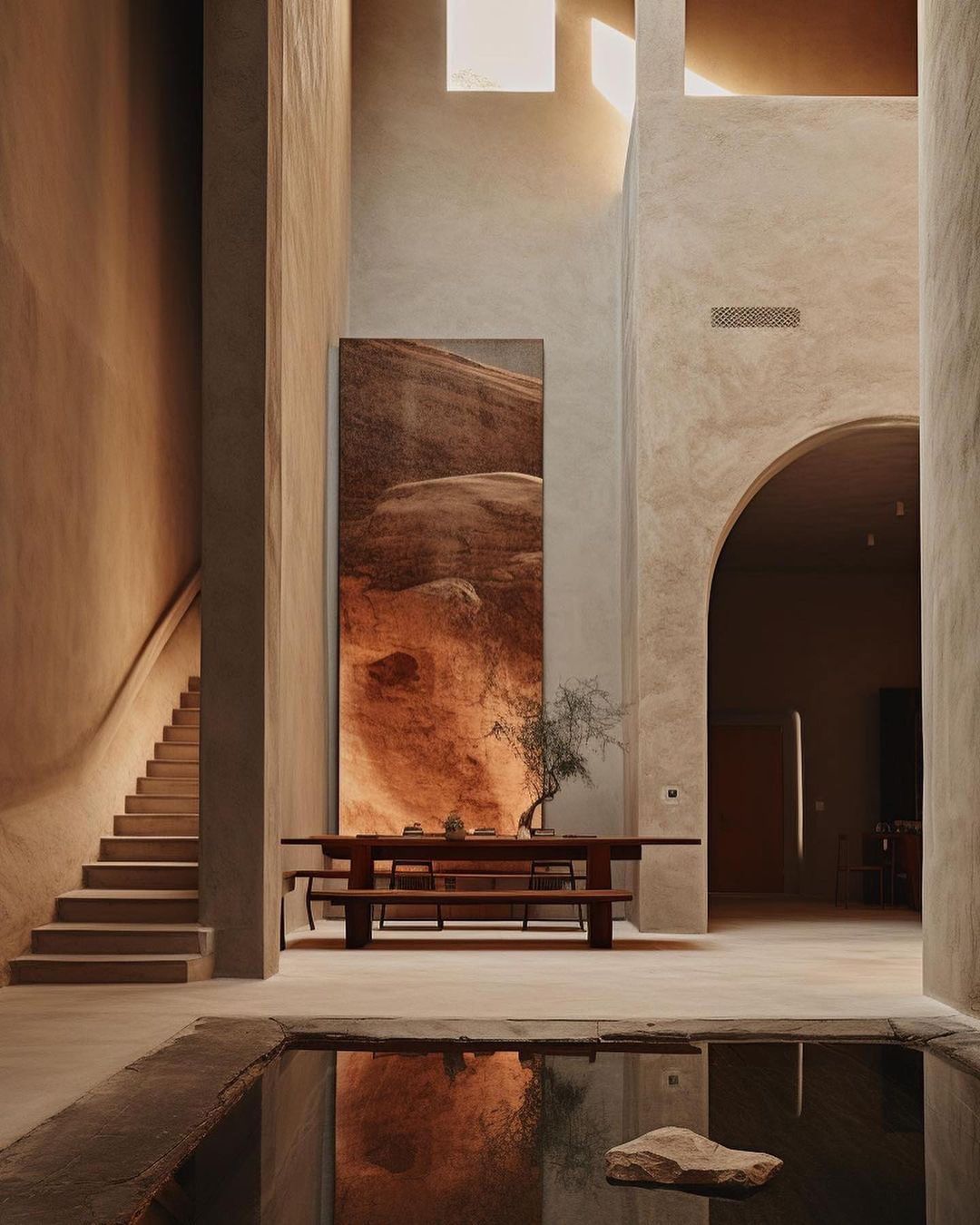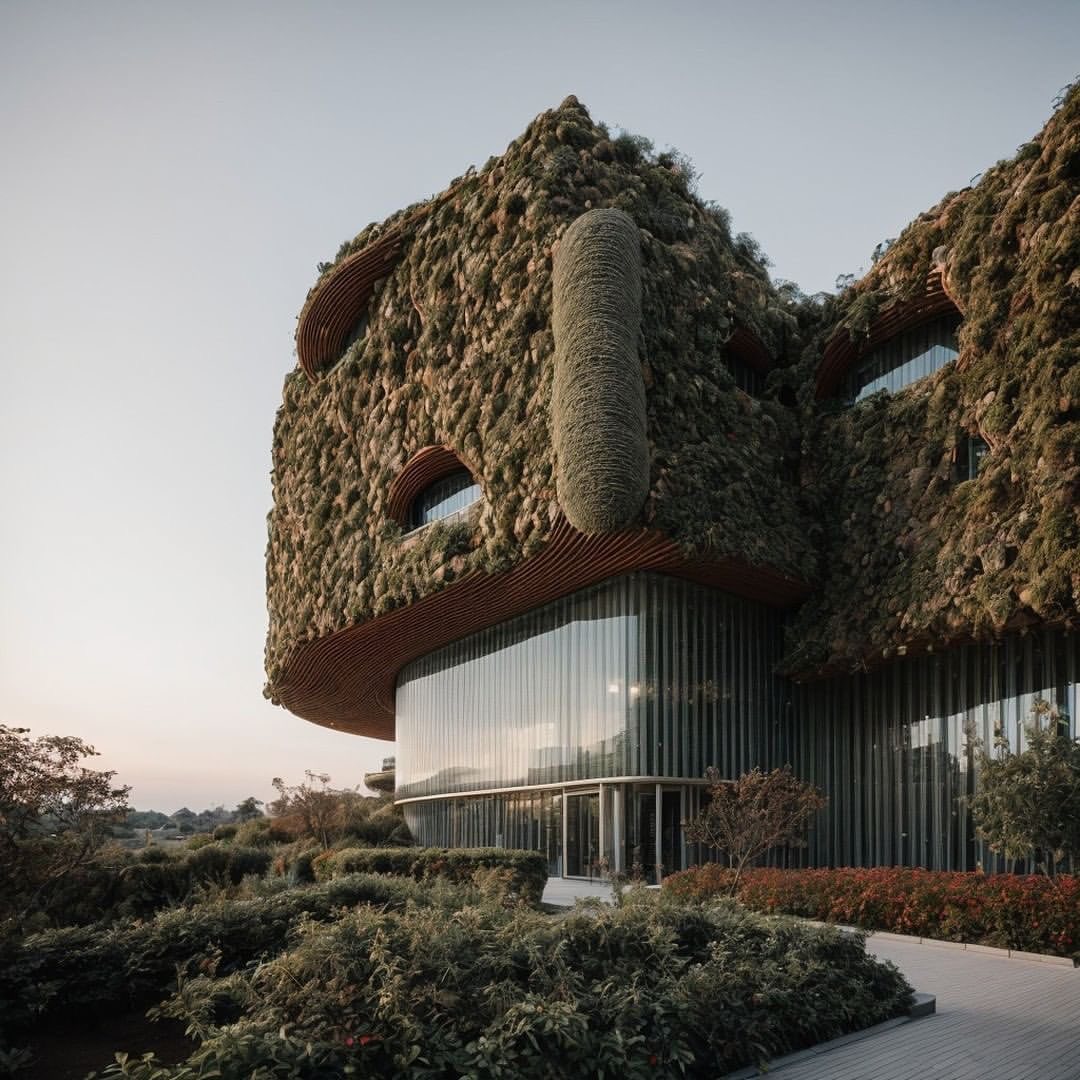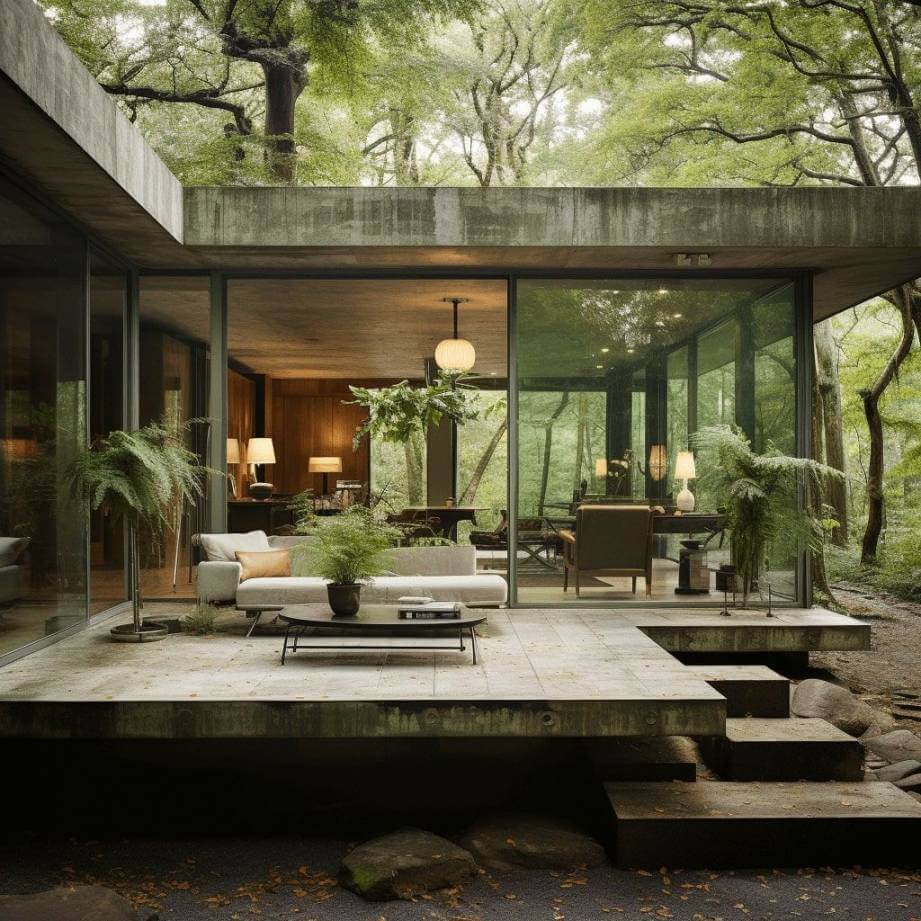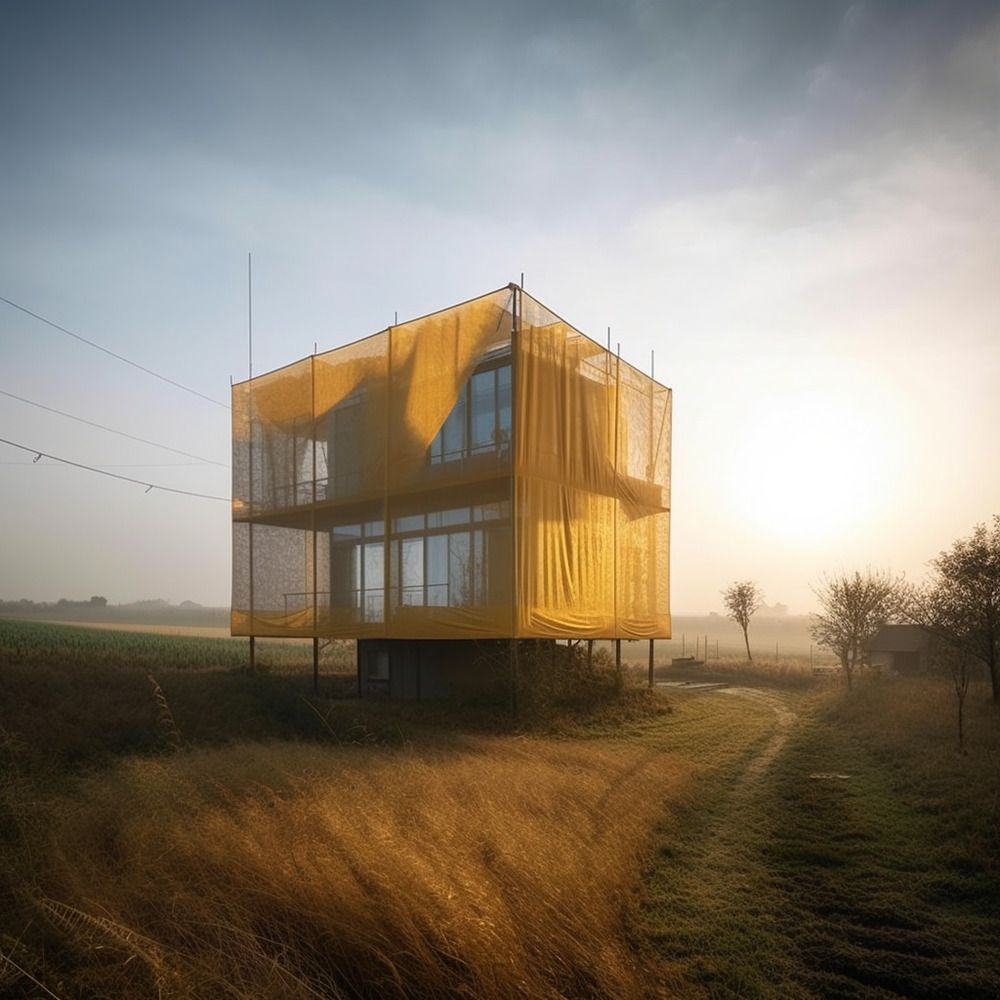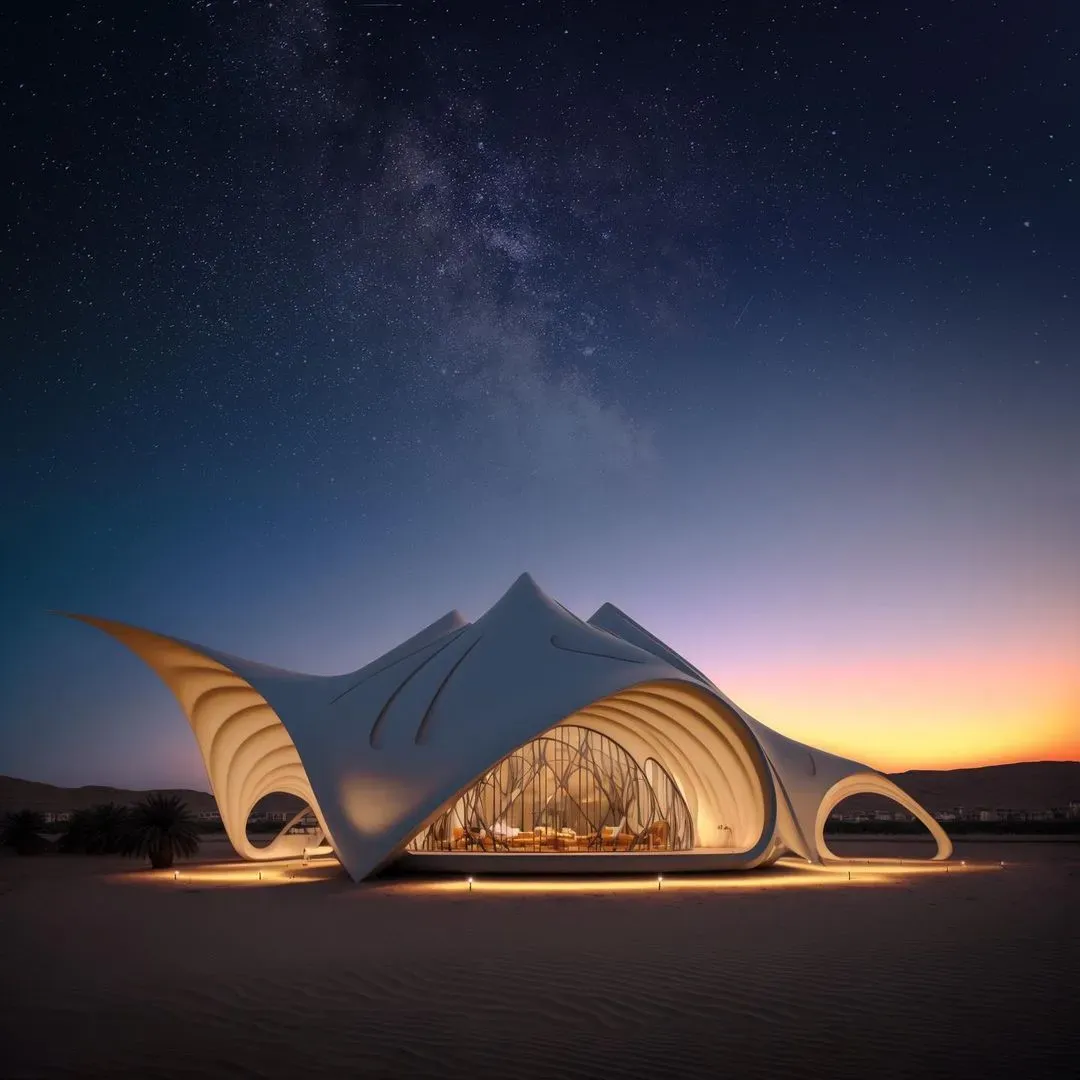From crafting intricate designs to visualising groundbreaking architectural innovations, the field of architecture has always been closely interlaced with technology. As we delve deeper into the digital age, it is no surprise that architects and designers are harnessing the power of cutting-edge artificial intelligence (AI) tools to revolutionise their craft. But with the multitude of AI tools available in the market, which ones truly stand out?
This comprehensive guide aims to navigate architects and designers through the labyrinth of AI tools, highlighting the top 14 that have significantly transformed architectural practices. Let's dive in.
1. Midjourney: AI for Concept Design

Midjourney stands at the forefront of AI-assisted concept design tools. It presents architects with an infinite canvas for their creativity, powered by its ability to weave photorealistic images from written prompts. This AI tool enables architects to express complex design ideas visually, effectively communicating their vision to clients and stakeholders. It's like having a virtual artist at your disposal, ready to paint your ideas into existence.
2. Adobe Firefly: A Family of Generative AI Models
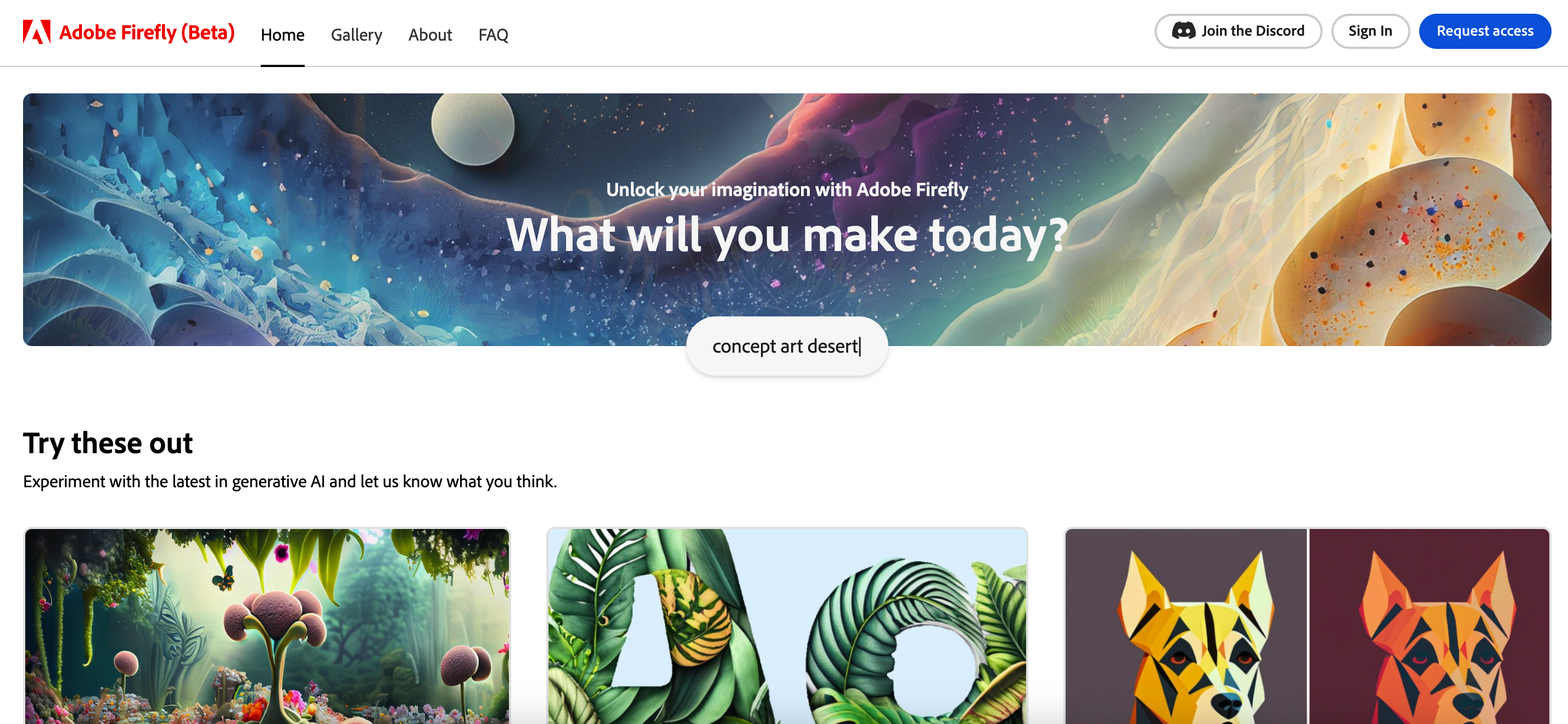
A newcomer in the family of generative AI models, Adobe Firefly, is set to ignite the creative flame in architects and designers. This AI tool integrates seamlessly with the existing Adobe suite, promising to make image creation and editing faster and more efficient. Though it's still in its development stage, Adobe Firefly is showing great potential in transforming the way architects create and scale their designs.
3. Maket.ai: Automated Design Generation
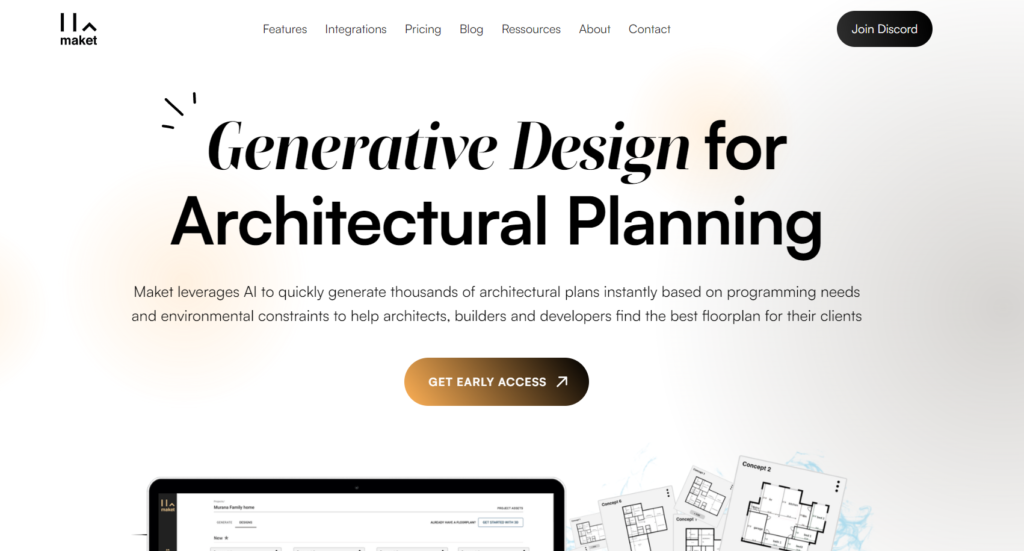
Maket.ai is an AI-based software platform specifically created for architects. It uses advanced pattern recognition algorithms to generate thousands of design options in a matter of minutes. By automating the laborious task of creating design options, Maket.ai allows architects to focus more on the creative aspects of their projects, thus saving both time and resources.
4. ArkDesign.ai: AI for Schematic Designs
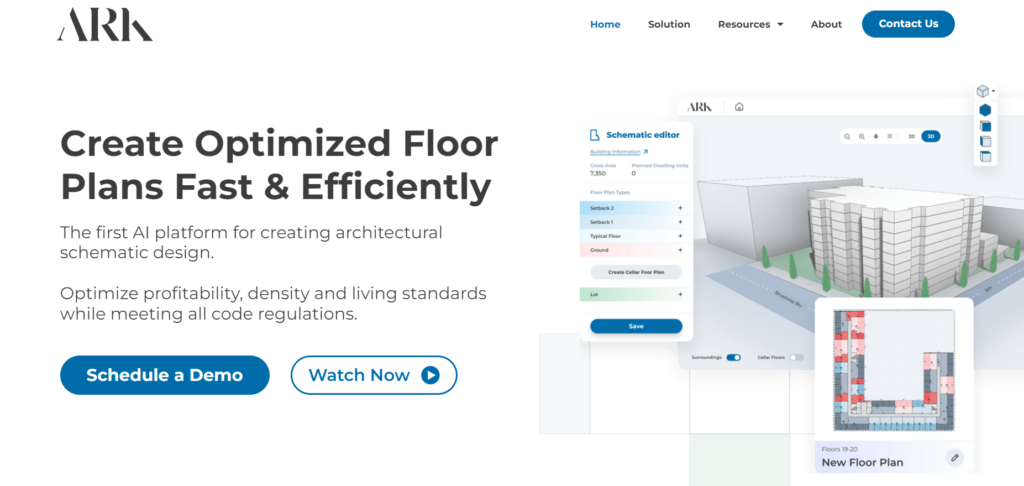
ArkDesign.ai is revolutionising the way architects create schematic designs. This AI-powered platform enables architects to quickly generate optimised schematic designs tailored to their specific project requirements. With ArkDesign's powerful tools, users can generate detailed floor plans based on profitability, space utilisation, energy efficiency, and more, making sound foundations for their projects.
5. ARCHITEChTURES: AI for Residential Planning
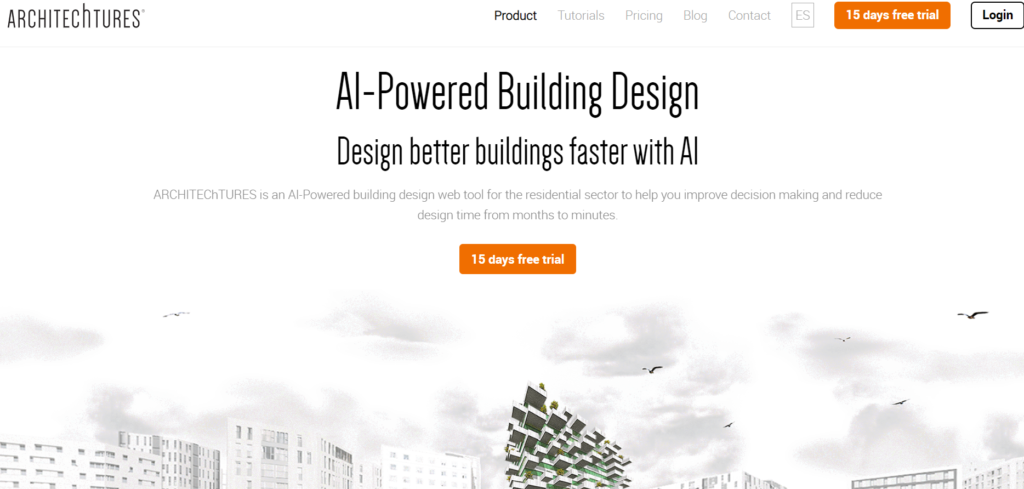
ARCHITEChTURES is a transformative AI-powered tool revolutionising residential planning. By analysing site conditions and client requirements, it unveils a multitude of design options that perfectly harmonise form and function. ARCHITEChTURES streamlines the decision-making process and maximises efficiency, effectively automating residential planning.
6. Sidewalk Labs: AI for Urban Planning
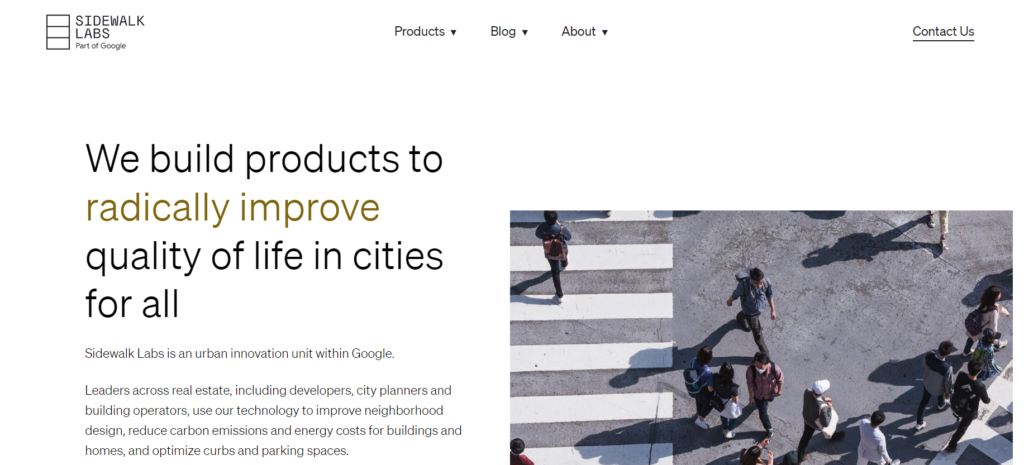
Sidewalk Labs is an innovative platform that uses AI to make cities smarter and more efficient. This Google-backed AI tool provides a comprehensive view of cutting-edge technology, tools, and research that can help urban areas become more livable. From traffic management to energy efficiency to housing affordability, Sidewalk Labs offers practical advice on using technology to make cities more sustainable and equitable.
7. DALL-E 2: AI for 3D Modeling
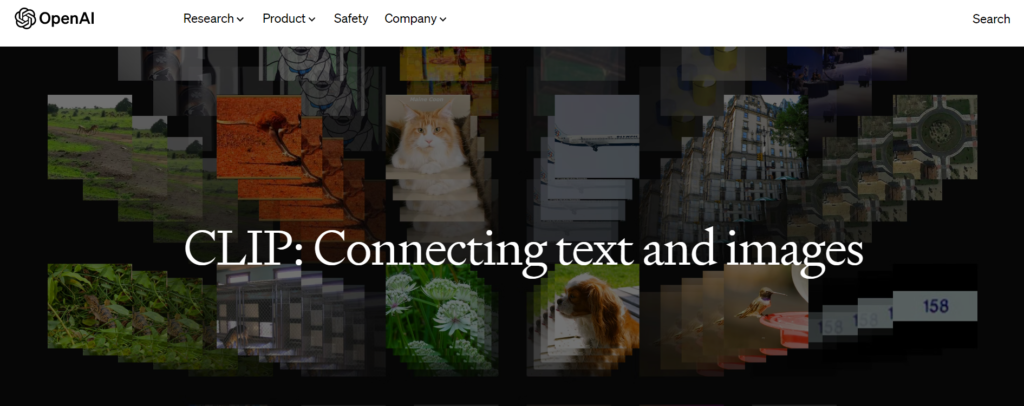
Developed by the OpenAI organisation, DALL-E 2 is an AI-powered image creator designed to impact the way architects produce and scale their designs. The AI enables architects to quickly generate visuals using just a text or keyword input. This technology allows complex architectural ideas to be visually represented in just a few minutes.
8. Spacemaker: AI for Sustainable Design
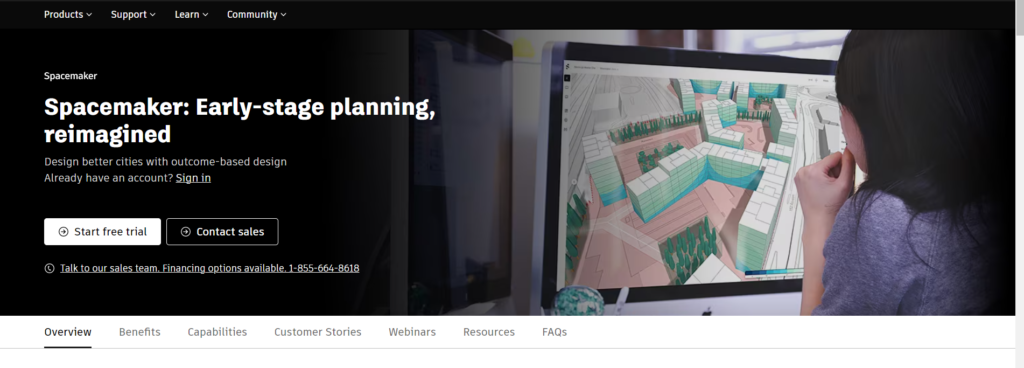
Spacemaker is a cloud-based AI software that empowers architects, urban planners, and real estate developers to make smarter decisions faster. By leveraging its advanced artificial intelligence, Spacemaker helps users design better buildings while saving time and money.
9. Luma.ai: AI for Renovation Projects
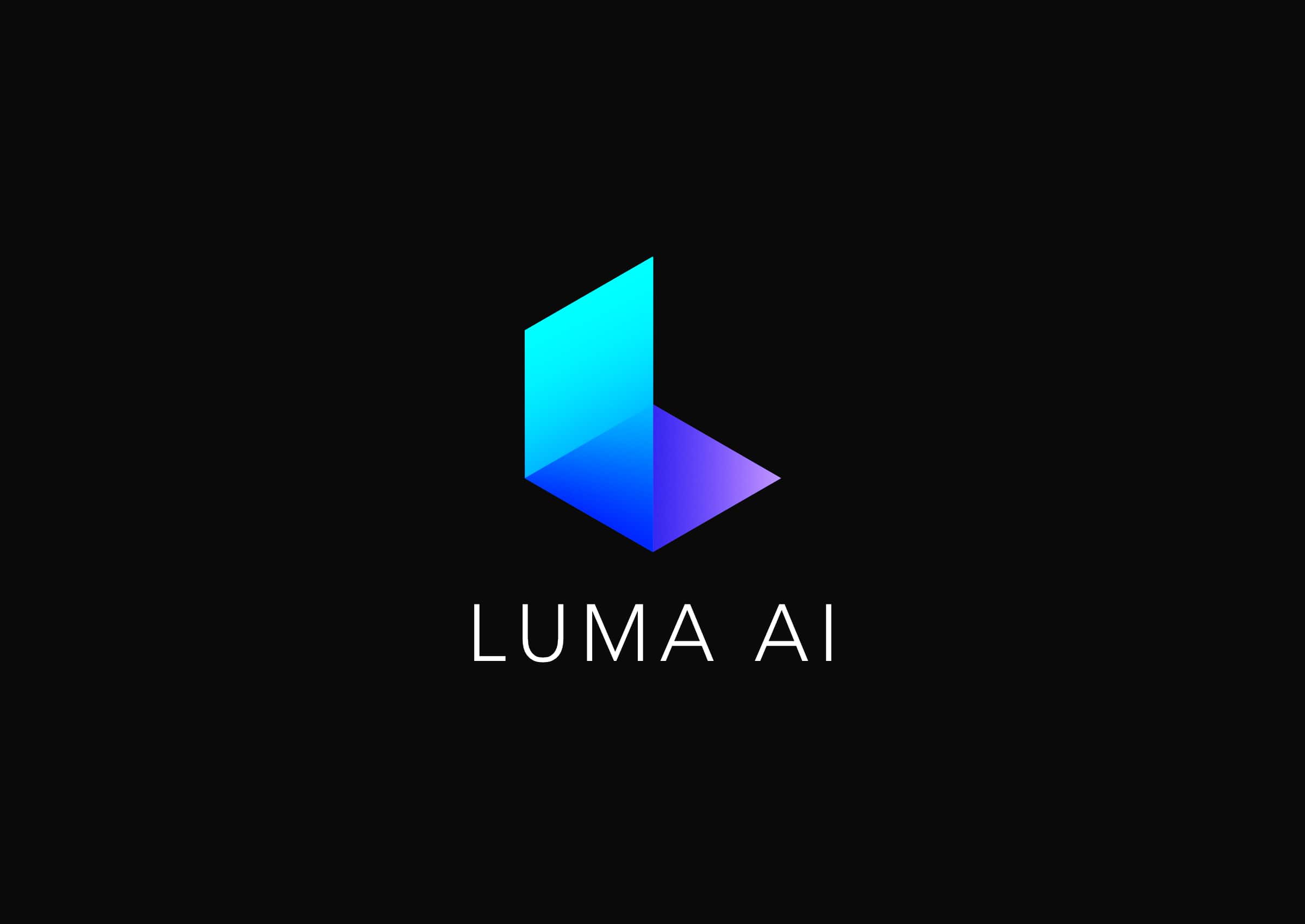
Luma.ai is a distinguished pathfinder in AI-driven 3D scanning and modeling. This platform takes the laborious task of creating detailed 3D models and reimagines it, deploying advanced AI techniques such as computer vision, deep learning, and generative adversarial networks. It crafts accurate, realistic 3D models from photographs that can provide architects a comprehensive perspective of objects, be it buildings, furniture, or intricate architectural elements.
10. BricsCAD BIM: AI for Building Information Modeling (BIM)
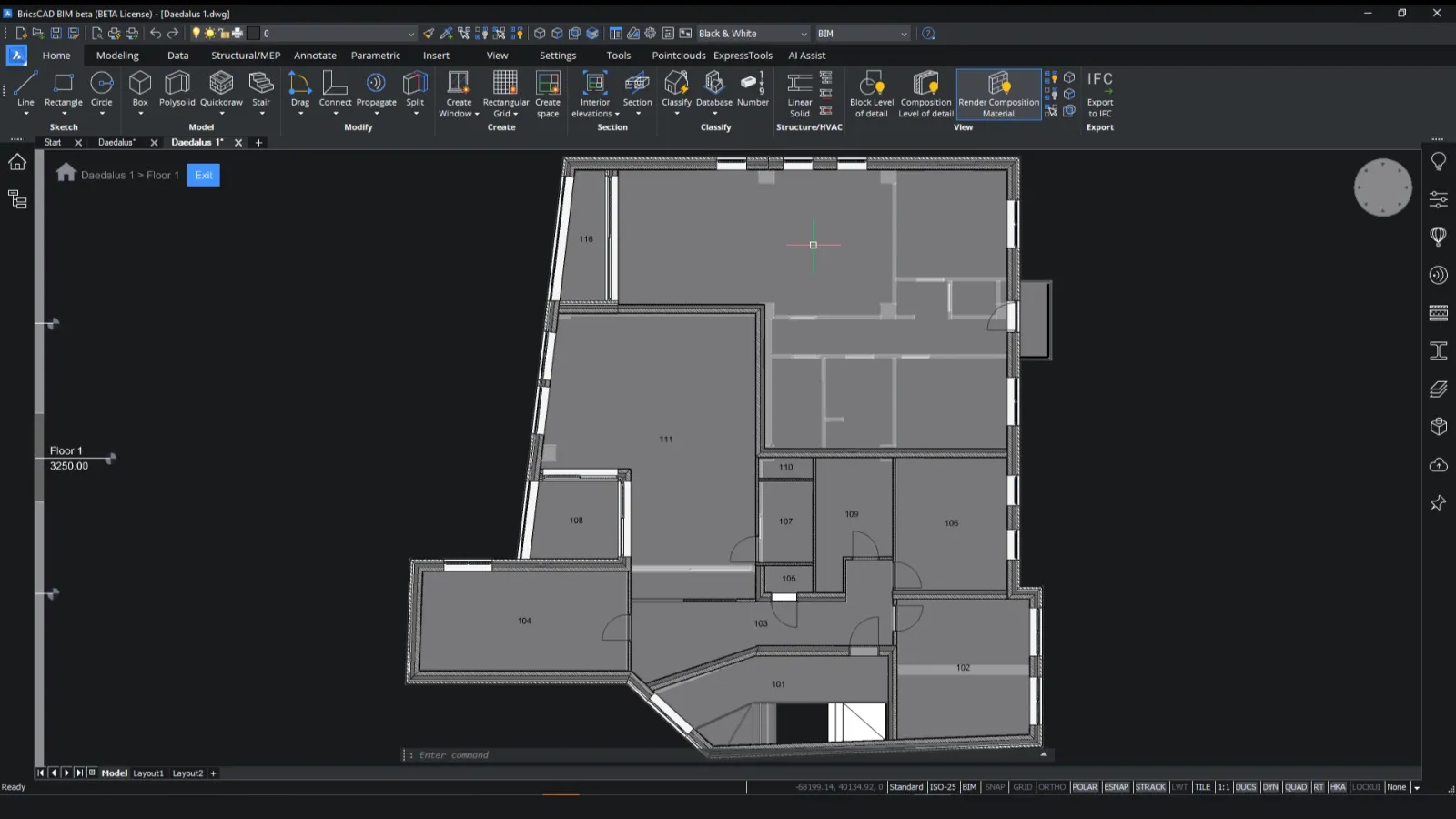
BricsCAD BIM is where AI and BIM converge for a seamless, efficient architectural design process. While BIM encapsulates the architecture, engineering, and construction of a building in a 3D model, enabling a holistic view of the project, BricsCAD BIM amplifies the capabilities of BIM by introducing AI, creating a nexus of innovation and practicality.
11. Arko.ai: AI for Rendering

Arko.ai enters the architectural scene as a promising AI-powered rendering service by providing high-quality, photorealistic renders in minutes. Through the power of AI and the convenience of a cloud-based platform, Arko.ai transforms 3D models into stunning visual masterpieces that mirror reality.
12. Veras: AI for Rendering
Veras is another AI-powered visualization tool that leverages 3D model geometry to inspire and promote creativity. Architects can turn to Veras to create photorealistic renders of their designs using text prompts, bringing to the fore the power of AI in architectural visualization.
13. Autodesk Forma: AI for Sustainable Design

Autodesk Forma is an all-encompassing AI-powered planning tool that offers architects and urban planners the ability to design sustainable, livable cities with heightened precision. It harnesses the power of AI to simulate the implications of diverse design decisions on critical factors, such as energy consumption, traffic flow, and air quality, with an aim to help designers make more informed and sustainable design choices while enhancing the sustainability and livability of projects.
14. ClickUp: AI for Project Management

ClickUp is a project management tool that has been adopted across many different industries. It has become a secret weapon, revolutionising project management with features tailored for enhanced workflow efficiency.
SketchUp will be announcing the beta versions of two new AI features, both which help accelerate and streamline design workflows so architects can spend more time designing and less time on tedious tasks. We're keeping our eyes out for their announcement.
As the architectural and technological landscapes continue to evolve, architects can expect the emergence of even more innovative AI tools, each promising to further revolutionise the field. These advancements will shape the future of architectural design, empowering professionals to deliver exceptional projects while pushing the boundaries of creativity and efficiency. The future of architecture is not just being written – it's being coded. And these top 15 AI tools for architects and designers are leading the charge.
This article is part of our AI series, which explores the impact of artificial intelligence (AI) on design, architecture and humanity, both now and in the future.


